On the occasion of the Park’s birthday, we decided to reveal to you a secret kept by these interesting plants.
The secret is almost three times older than the Park itself and dates back to the distant past, about two hundred years ago, during the time of Austria-Hungary, when Hungarian and Austrian botanists visited these areas, which until then were often called the “Devil’s Garden” (“Vražji vrtal” in Croatian) because of their inaccessibility.
Pál Kitaibel (Hungarian botanist and chemist) and Francisci comitis Waldstein (Austrian nobleman, soldier, explorer and naturalist) published the results of their research activities in the book entitled Descriptiones et icones plantarum rariorum Hungariae (Descriptions and pictures of rare plants of Hungary), which amounted to three volumes in total, published between 1802 and 1812. The Volume II, published in 1805, presented the results of research for Croatia, which was then an integral part of Austria-Hungary.
Thanks to their research and the described rare Cardamine plants, commonly known as bittercresses, the Plitvice Lakes National Park (Plitvice) already back then became known in scientific circles.
Even though it has been established that the limnological measuring of the depths of the Plitvice Lakes is considered the first scientific natural research, the first scientific research (in the field of natural science) is in fact this botanical research.
Two of the rare plant species mentioned and described for the first time in their work were the two Cardamine species. Today, they are two of about 1,400 plant species, about 20 endemic plant species and about 150 strictly protected species found in the Plitvice Lakes National Park.
The Cardamine chelidonia is an endemic and rare species of the Park’s flora. It can be found in its beech and fir forests. It is easily recognised by its branched stem, which bears pink or white flowers collected in an inflorescence at the tips.
The Cardamine kitaibelii (Kitaibel’s bittercress) (also known under the names Cardamine polyphylla (Waldst. et Kit.) and Dentaria polyphylla (Waldst. et Kit.)).
It was named after the Hungarian botanist Pál Kitaibel (1757–1817), hence the part “kitaibelii” in its name. In the past it was locally known as “mnogolistna konopnica”, a name describing its appearance characterised by many leaves. Although it has three to four leaves growing from one stem node, its leaves with their serrated blade margins form a rosette (with seven to nine leaves), making it look like they have many leaves and giving the plant its name. It can grow between 20 and 30 cm in height. At the top of the stem, it bears light yellow flowers on long, thin stalks. It can be found in beech and fir as well as spruce forests of the Park. It is endemic to the Park.
On the occasion of the Park’s birthday, and in honour of the botanists of that era who contributed to spreading scientific knowledge about the significance of this unique area, we are publishing the original descriptions and illustrations from Descriptiones et icones plantarum rariorum Hungariae:

An excerpt from Descriptiones et icones plantarum rariorum Hungariae 
An excerpt from Descriptiones et icones plantarum rariorum Hungariae 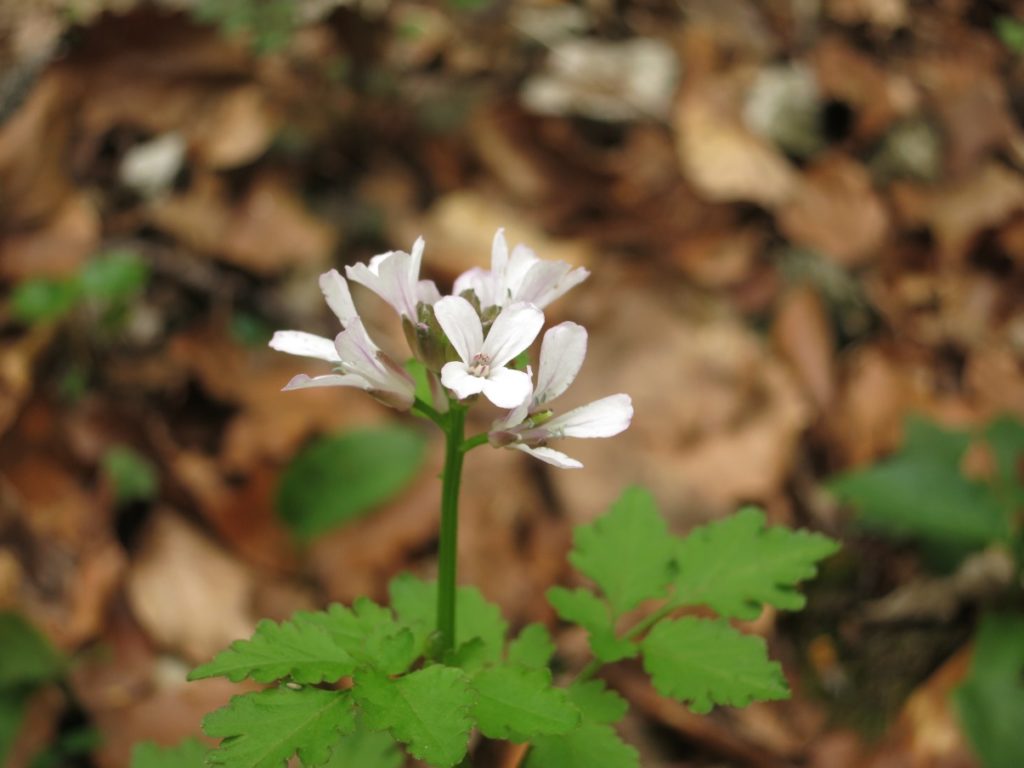
Cardamine chelidonia with white flowers (photo: PLNP Archive) 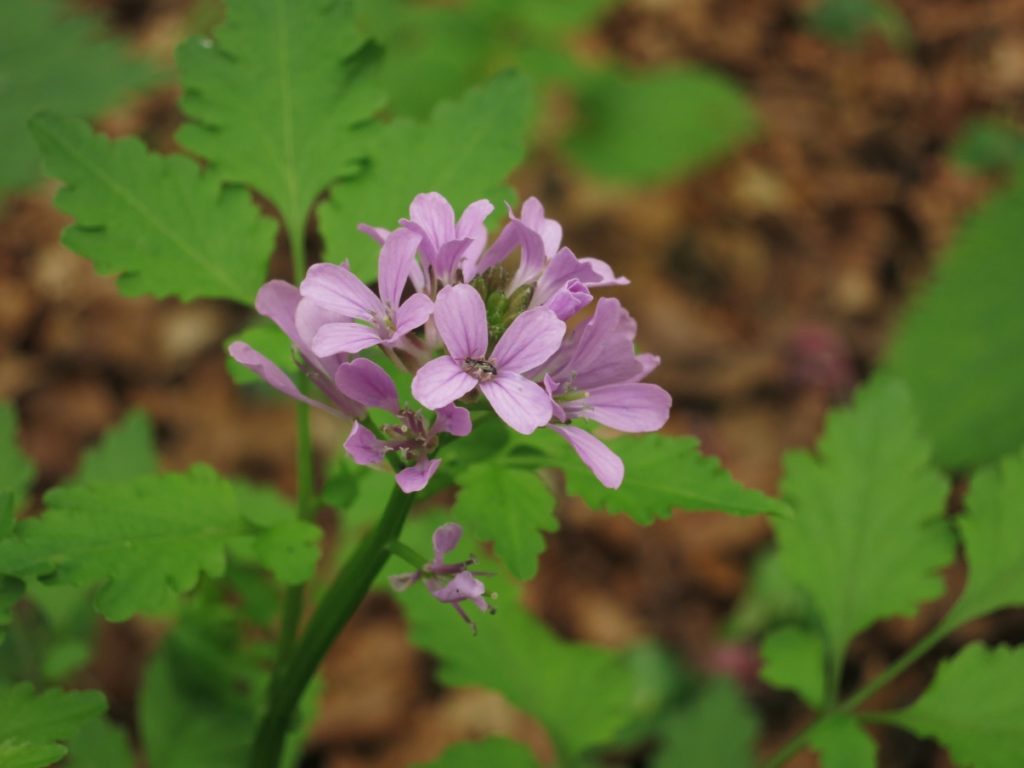
Cardamine chelidonia with pink flowers (photo: PLNP Archive) 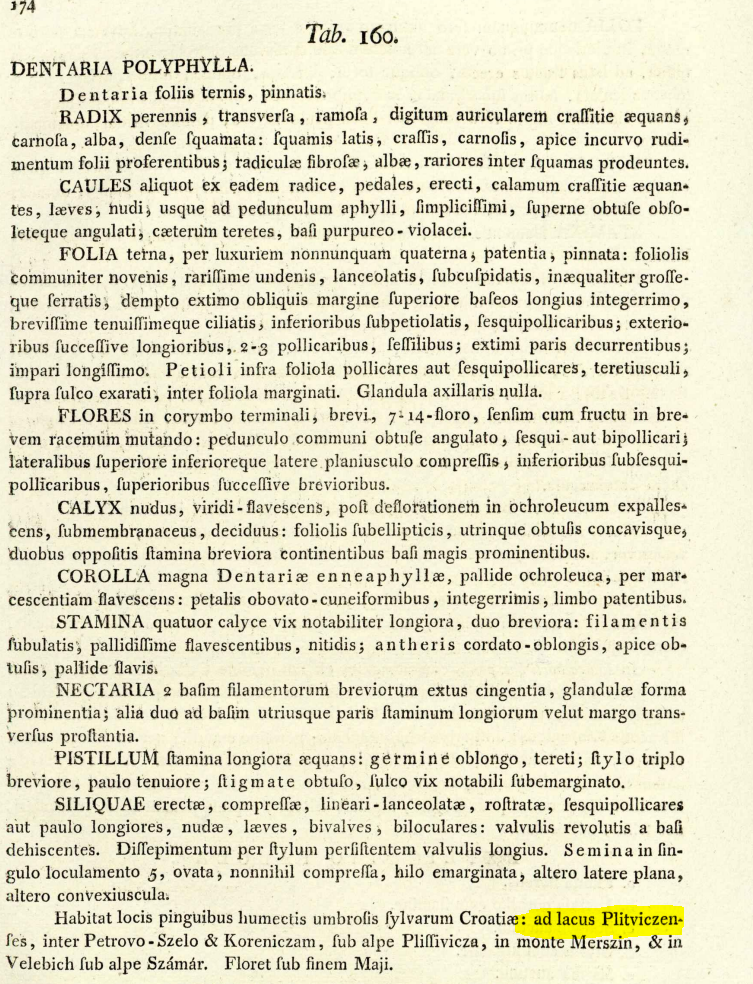
An excerpt from Descriptiones et icones plantarum rariorum Hungariae 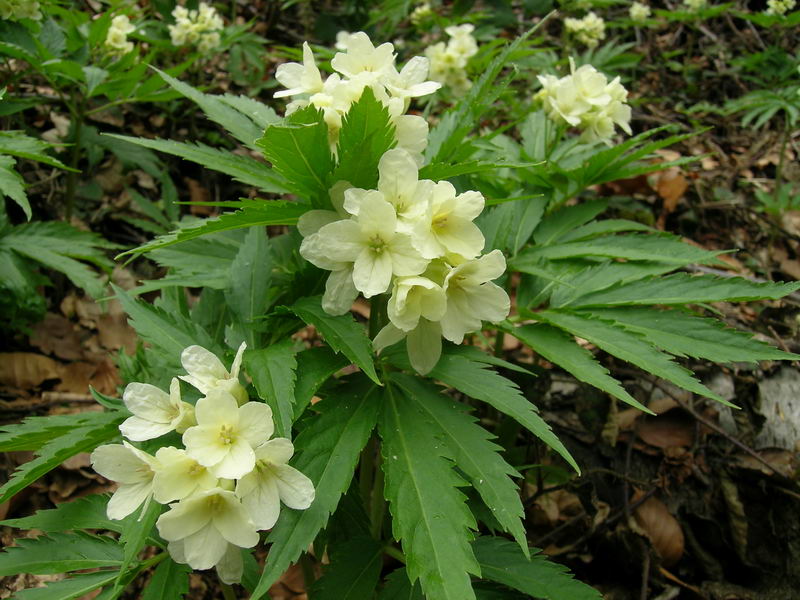
Cardamine kitaibelii (photo: PLNP Archive) 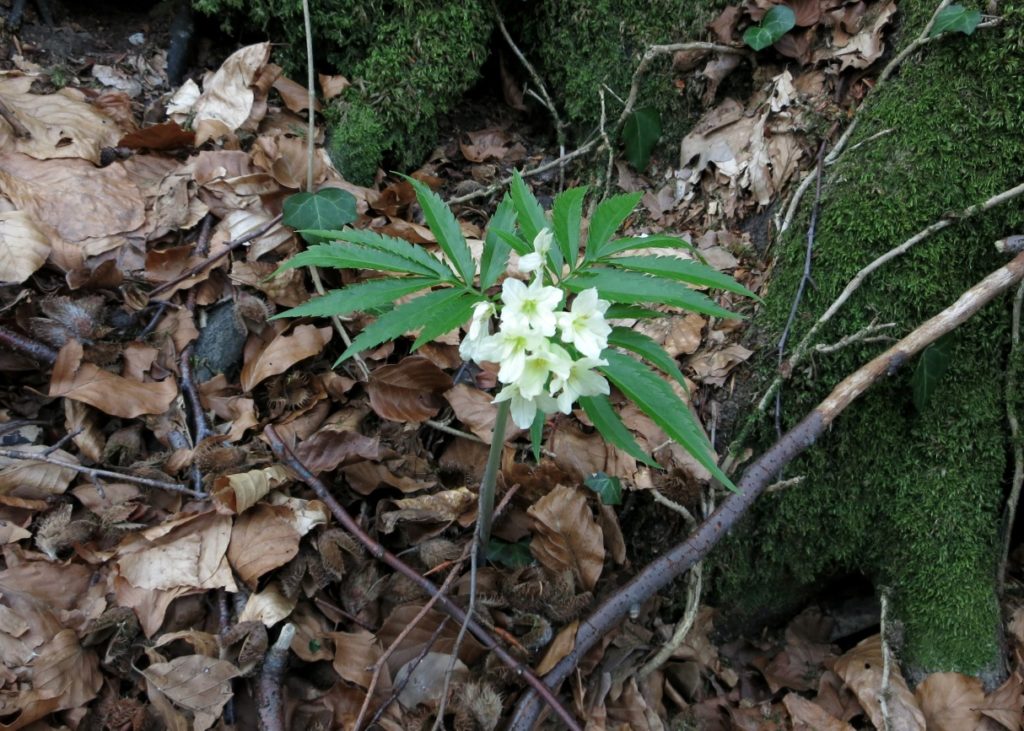
Cardamine kitaibelii (photo: PLNP Archive)

